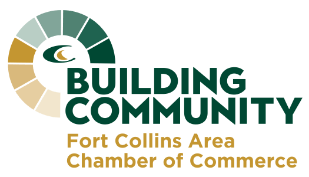Long Term Funding Options
City staff has identified an on-going and significant financial deficit to achieve stated goals in the areas of public parks, transit and housing. You can read more about this issue here. In response, the City Council Finance Committee has begun consideration of various strategies to raise additional revenue, most recently at their March 3, 2022 meeting.
Ostensibly to fill a $30M deficit projected by 2030, City staff has constructed a matrix of various options and resulting revenue estimates. The analysis completed this far has not considered adverse impacts to economic activity nor cumulative effects on consumer behavior that may blunt projected receipts. Nonetheless, the options as presented to the Finance Committee are shown below with resulting annual revenue generation in parentheses.
Option 1
- Establish a new property tax equal to 3 mill ($11M)
- Increase user fees; i.e. recreation facilities, transit, etc. ($4M)
- Establish new impact fees ($2M)
- Increase Capital Expansion Fees ($2M)
- Establish excise taxes; sugary foods, tobacco, etc. ($4M)
This would theoretically generate $23M annually though leave the base sales tax rate at 3.85%
Option 2
- Establish a new property tax equal to 3 mill ($11M)
- Increase the base sales tax by ¼ cent ($9M)
- Increase user fees ($4M)
- Increase Capital Expansion Fees ($2M)
This would theoretically generate $26M annually and raise the base sales tax rate to 4.10%
Option 3
- Increase the base sales tax by ¼ cent ($9M)
- Repurpose an existing ¼ cent sales tax component ($9M)
- Significantly increase user fees ($9M)
- Repurpose a portion of the Community Capital Improvement Plan sales tax ($4.5M)
- Increase Capital Expansion Fees ($2M)
This would theoretically provide $33.5M for the purpose of closing the identified gap, though only $24.5M would be new revenue. The resulting base sales tax rate would be 4.10%.
Option 4
- Establish a new property tax equal to 3 mill ($11M)
- Increase the base sales tax by ¼ cent ($9M)
- Repurpose an existing ¼ cent sales tax component ($9M)
- Significantly increase user fees ($9M)
- Increase Capital Expansion Fees ($2M)
This would theoretically provide $40M for the purpose of closing the identified gap, though only $31M would be new revenue. The resulting base sales tax rate would be 4.10%.
Questions that have been missing from this discussion are two-fold: Are we building community assets that we are unable to maintain in a sustainable manner? At what point will the cost of living make the objective of achieving a more diverse, equitable and inclusive community a moot statement?
Though the options above have been presented as a balance between costs borne by residents, visitors and business, fundamentally all increased fees and taxes will be paid by consumers. It must be further noted that a sizable portion of our community is currently struggling with the cost of housing, daycare and transportation. Raising property taxes and Capital Expansion Fees will have direct adverse impacts to the cost of housing, while the balance of the proposals will add further strain to residents under financial duress.
The Chamber believes the time has come to have open, honest discussions about how we allocate our resources and establish a clearer vision of budget priorities. Regardless of how the current gap is filled, it will not be sufficient in the future unless we are willing to dial back our expectations of World Class facilities.
Source: Fort Collins Area Chamber of Commerce
April 2022
